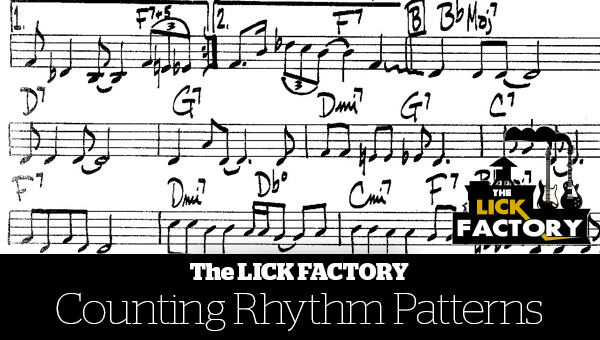How to Practice Scales for the Guitar

One of the things that every musician must do is practice scales. There are many different thought processes and methods out there for doing this and at the end of the day they all good to a certain degree. However I found when I was teaching as well as doing my own practice, I wanted exercises that would address the areas that would directly affect the way I used a scale in an improvisational scenario.
For example I had students over the years that would ignore the exercises that I’d give them. They’d practice scales by just playing them up and down without any form of variation. This helped them memorise the positions but their improvised solos tended to follow the same type of pattern.
Years back I identified 3 areas that have a direct impact on how effectively you would practice scales. Inevitably this had a major bearing on how you use them to construct melodies when improvising. These three areas are:
- The photographic memorising of the scale position
- Working the picking hand to synchronise with the fretting hand
- Familiarity with a variety of scale intervals and patterns.
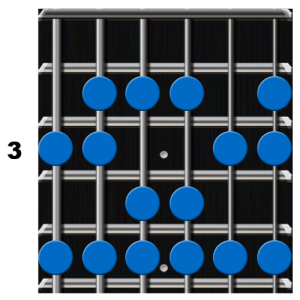
For each exercise, I have transcribed them as 8th note triplets as well as 16th notes. Its important to realise that to completely cover off on the 2nd and 3rd key areas, you need to become accustomed to breaking the rhythmic pattern as well as the fingering patters.
Each exercise can be applied to any scale fingering whether it be a block position, 3 note per string position, mode, pentatonic or even arpeggios. Make sure that as you practice the routines you are taking note the patterns that are being created. This will be key in applying the routine to other scale positions
Each of the following exercises are applied to the G Major scale in a block position over 2 octaves. To really demonstrate the patterns, I have also included the 16th note versions using G Major scale in a 3 note per string pattern.
It’s of extreme importance that you use a metronome when you not only practice scales, but also practice any technique. The Beats Per Minute (BPM’s) don’t really matter. You need to find a tempo that suits your current skill level. The speed shouldn’t be so fast that you sacrifice your technique to get through the exercise. You need to ensure that you can properly execute each note correctly. Speed will come in time. For convenience I use an app on my iPhone called TEMPO. You can read more about it here.
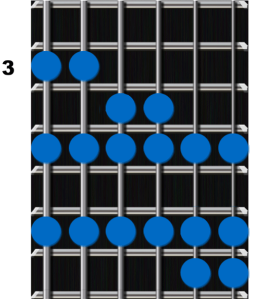
How to practice scales: Exercise 1.
The first exercise to practice scales works the first two key areas. Photographic memory of the position and synchronising the picking and fretting hands. The pattern is basically straight up and down the scale. It’s important to visualise the overall shape that you’re using as you play through. What you visualise as you play will dictate how effective you are in memorising the positions.
As far as picking goes, use a complete alternate picking pattern through out (down and up).



Once you get a grasp on the exercise, you can create a variation by ascending the scale as written then descend either another scale position such as the Dorian Mode or you can shift position to descend in another key. The combinations for all the exercises are virtually limitless.
How to practice scales: Exercise 2.
This pattern is one that I’ve called “4 up, 3 down” for years and has been one of my favourites when I practice scales. This name gives a crude description of the overall pattern. You will begin by playing the first 4 notes of the scale (4 up), you then play 4 notes up again from the 2nd note of the scale (3 down). While the ‘3 down’ in the name suggests that you play 3 notes down the scale, what it actually refers to is finding the starting note for the next group of 4 up.
Once again this exercise is in G major with the 3rd variation using a 3 note per string scale. Like the previous exercise, you can create your own variations such as shifting to a new scale or new key once you hit the highest or return to the lowest note of the scale position. Doing this ensures that you don’t become too reliant on starting the scale position on the 1st note every time.
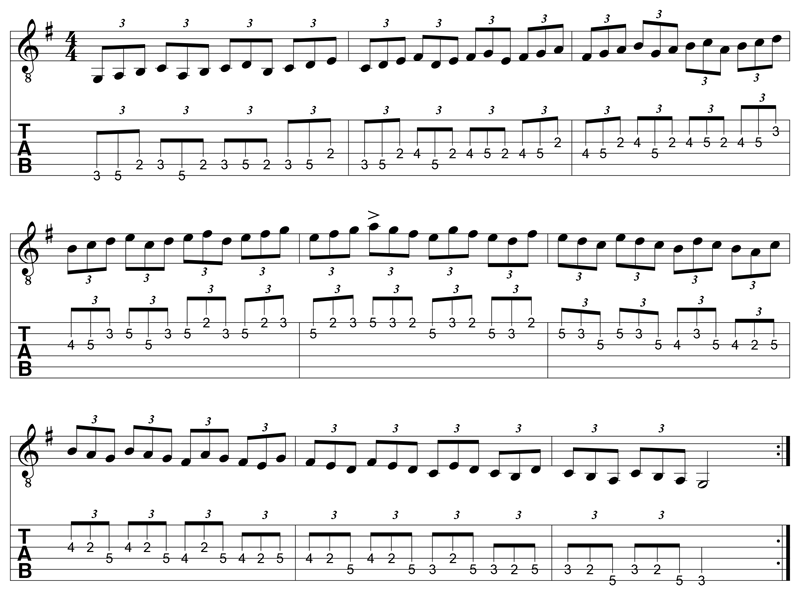
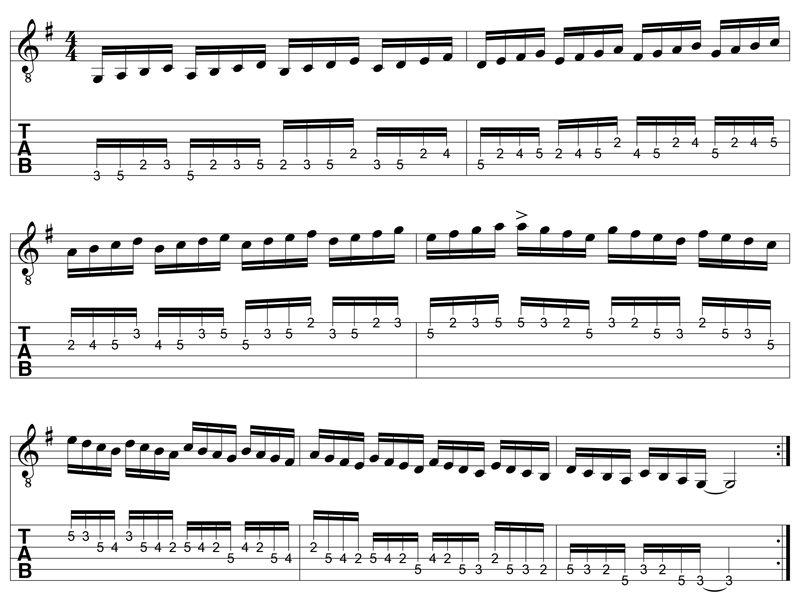
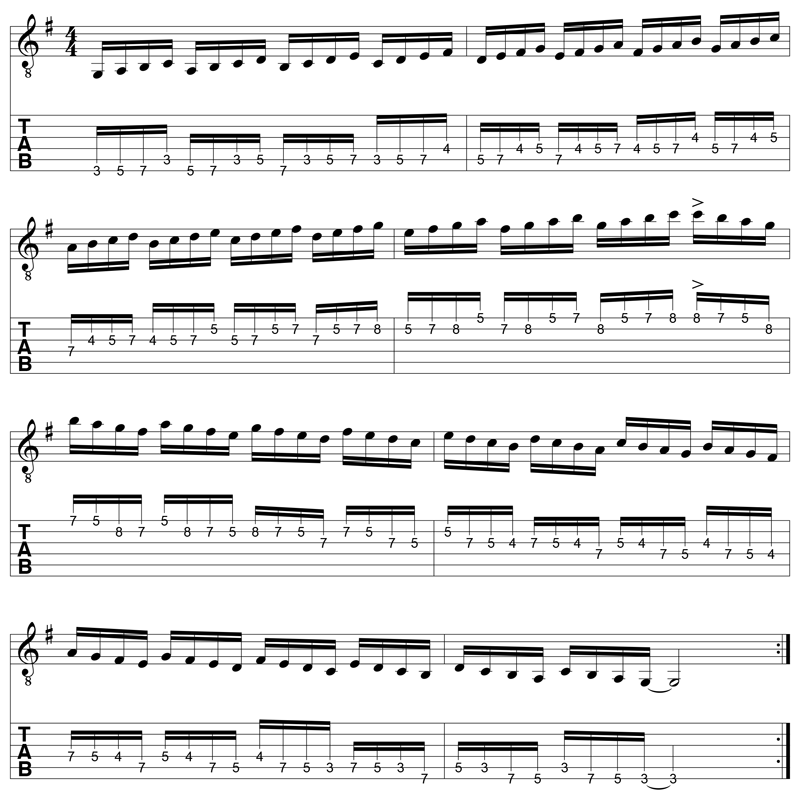
How to practice scales: Exercise 3
This exercise starts to address the 3rd key area. Familiarising your self with a variety of scale intervals and patterns. In this example, we’re playing through the scale positions in 3rd’s. We play the 1st note of the scale, then the 3rd note. The next sequence is the 2nd and 4th note then the 3rd and 5th note. Like the other exercises, you continue this pattern until you reach the highest (or lowest) note of the scale and then create a huge number of variations.
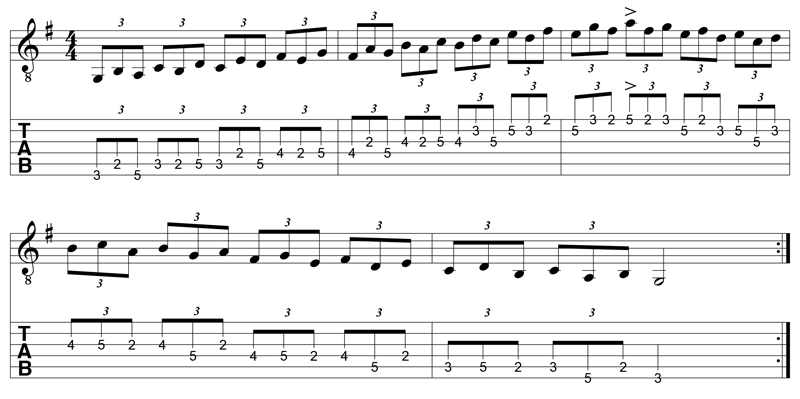
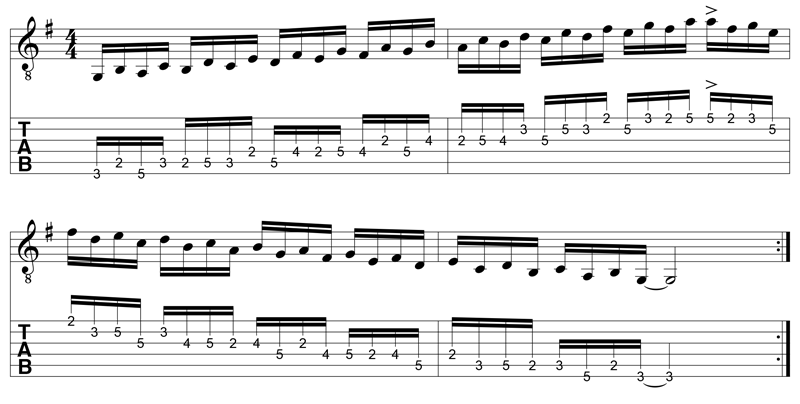
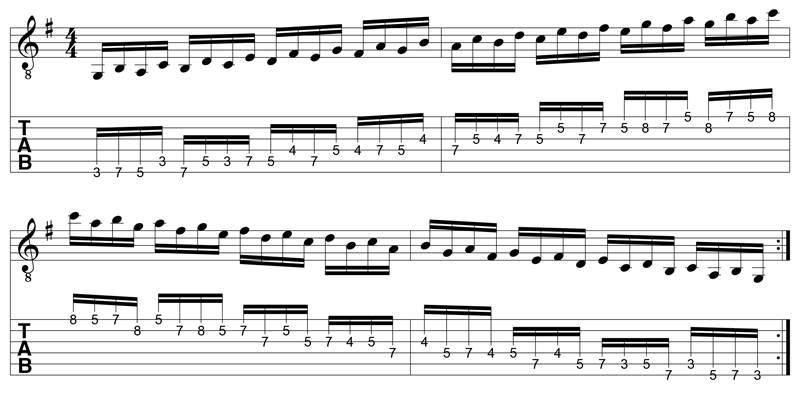
This article is from Kris’ complete warm up routine video. The DRILL INSTRUCTOR coming soon to the LICK FACTORY. See all the currently available lessons here.
Need a quicker fix? the ULTIMATE CHORD GUIDE: Volume 1 might be the answer.
Who’s your Teacher?

Kris Petersen is a name that has become synonymous with the Australian Music Industry. From clubs to stadiums, Kris has performed on every continent in the world and shared the stage with some of the world’s greatest artists.
In the last few years alone, Kris has performed with, or alongside Alice Cooper, Aerosmith, Orianthi, Van Halen, Billy Joel, Matt Sorumn (Guns n Roses), Eric Martin (Mr. Big), The Drifters, Tony MacAlpine, Buckcherry, Daryl Braithwaite, The Living End, Icehouse, Marcia Hines, The Screaming Jets, The Choirboys, Mental As Anything, Bruce Kulick (KISS), Leo Sayer, Pretty Boy Floyd and many more… read more



